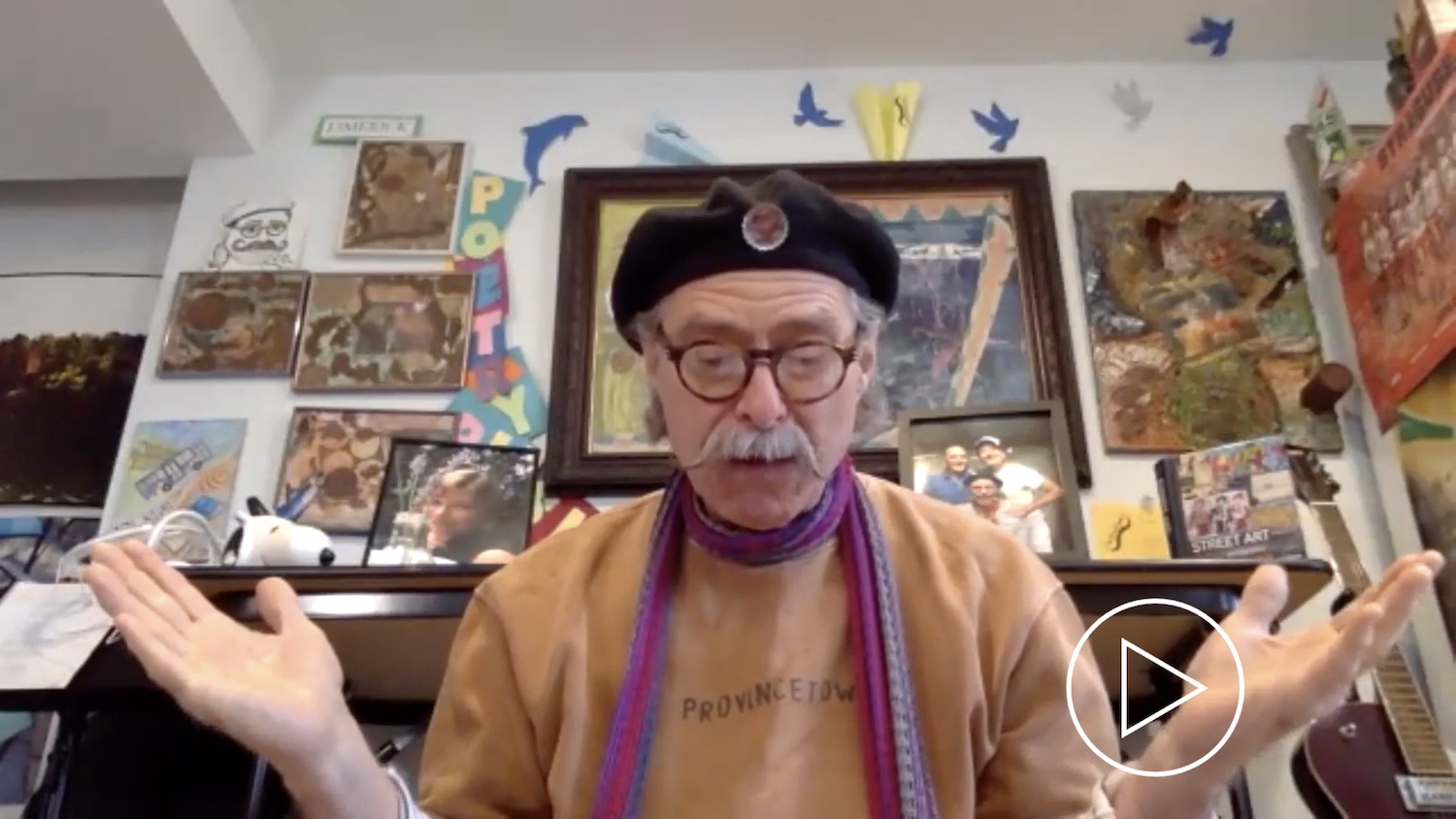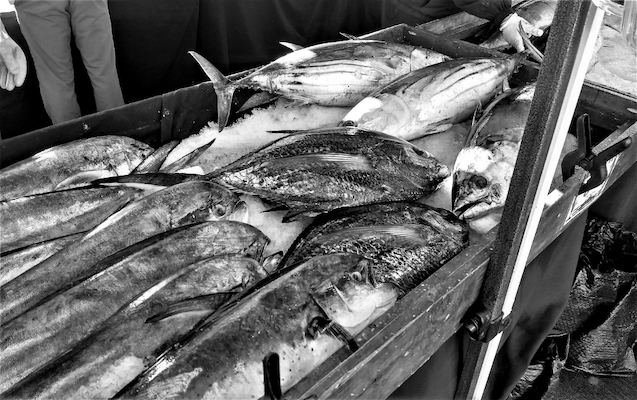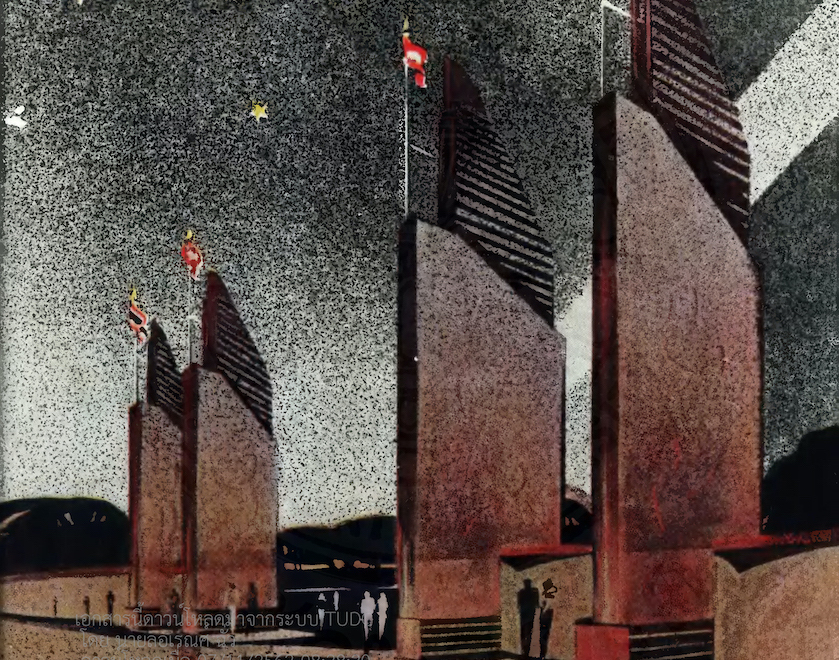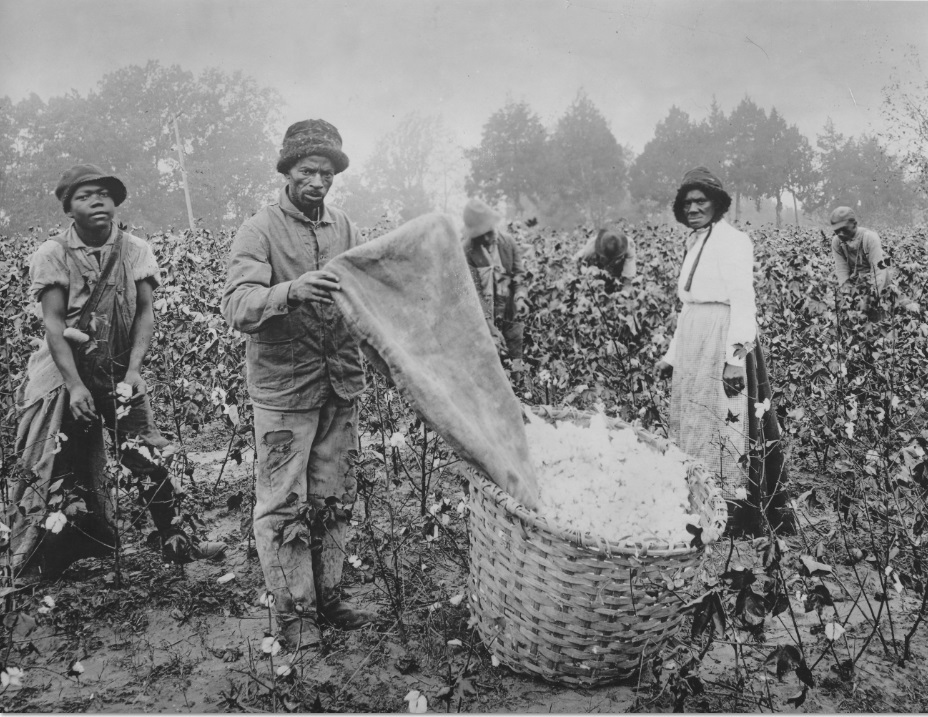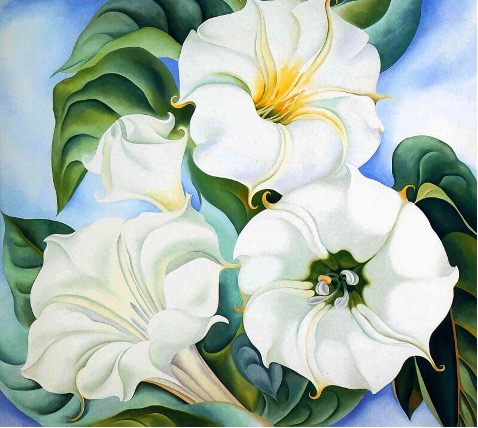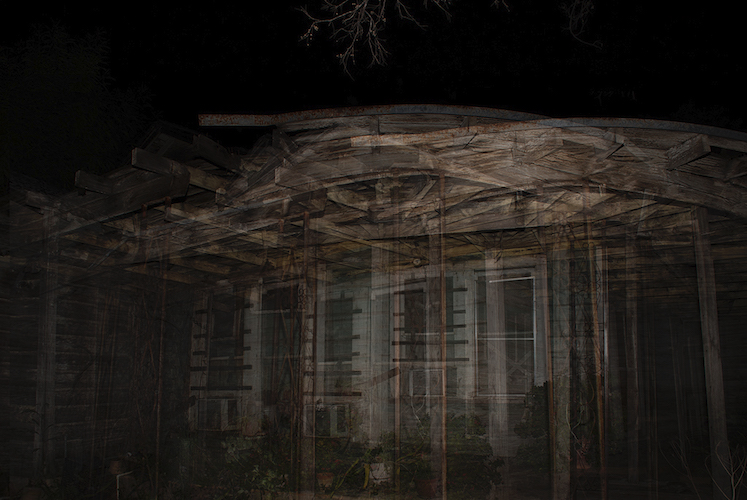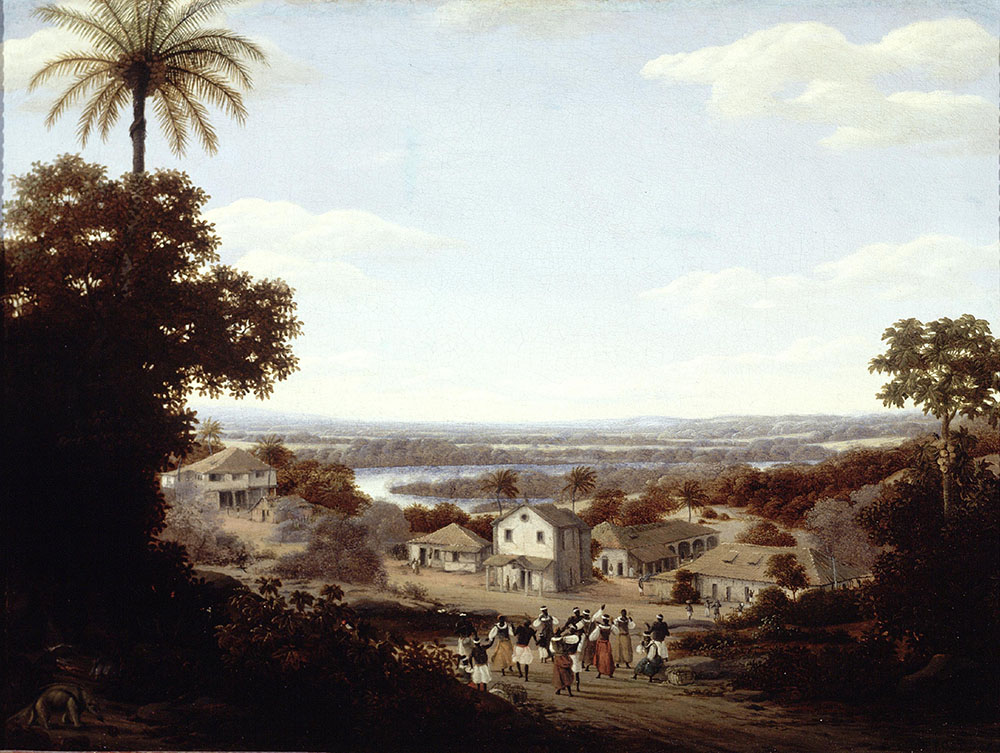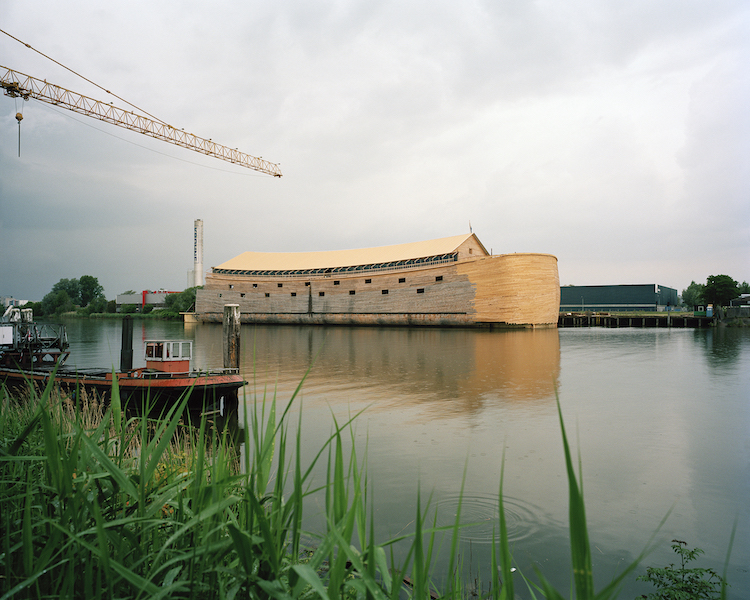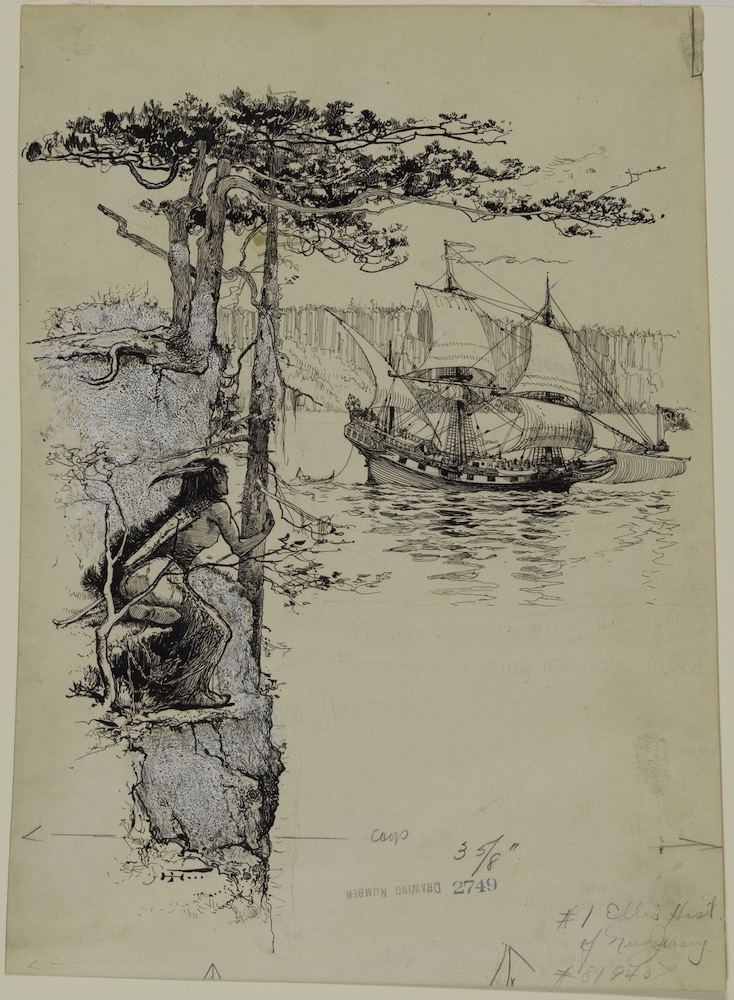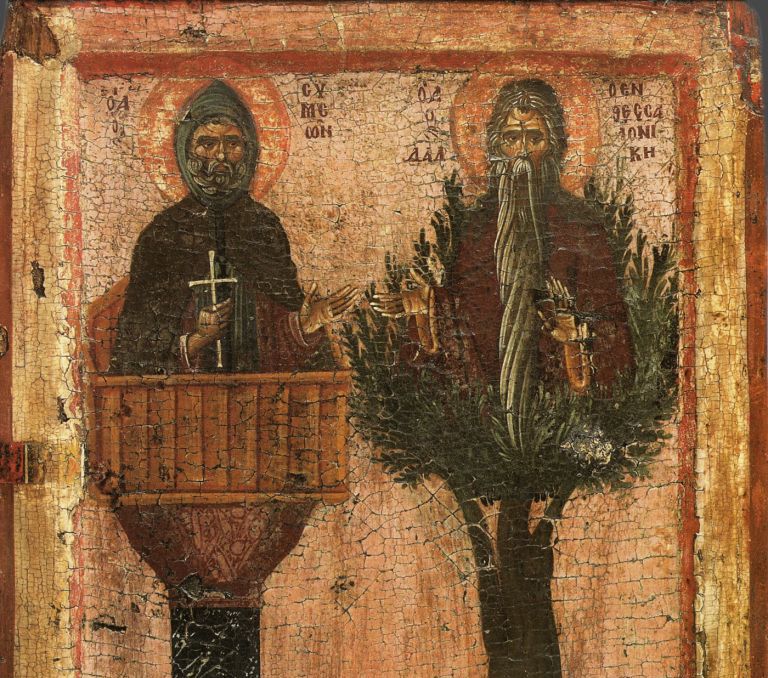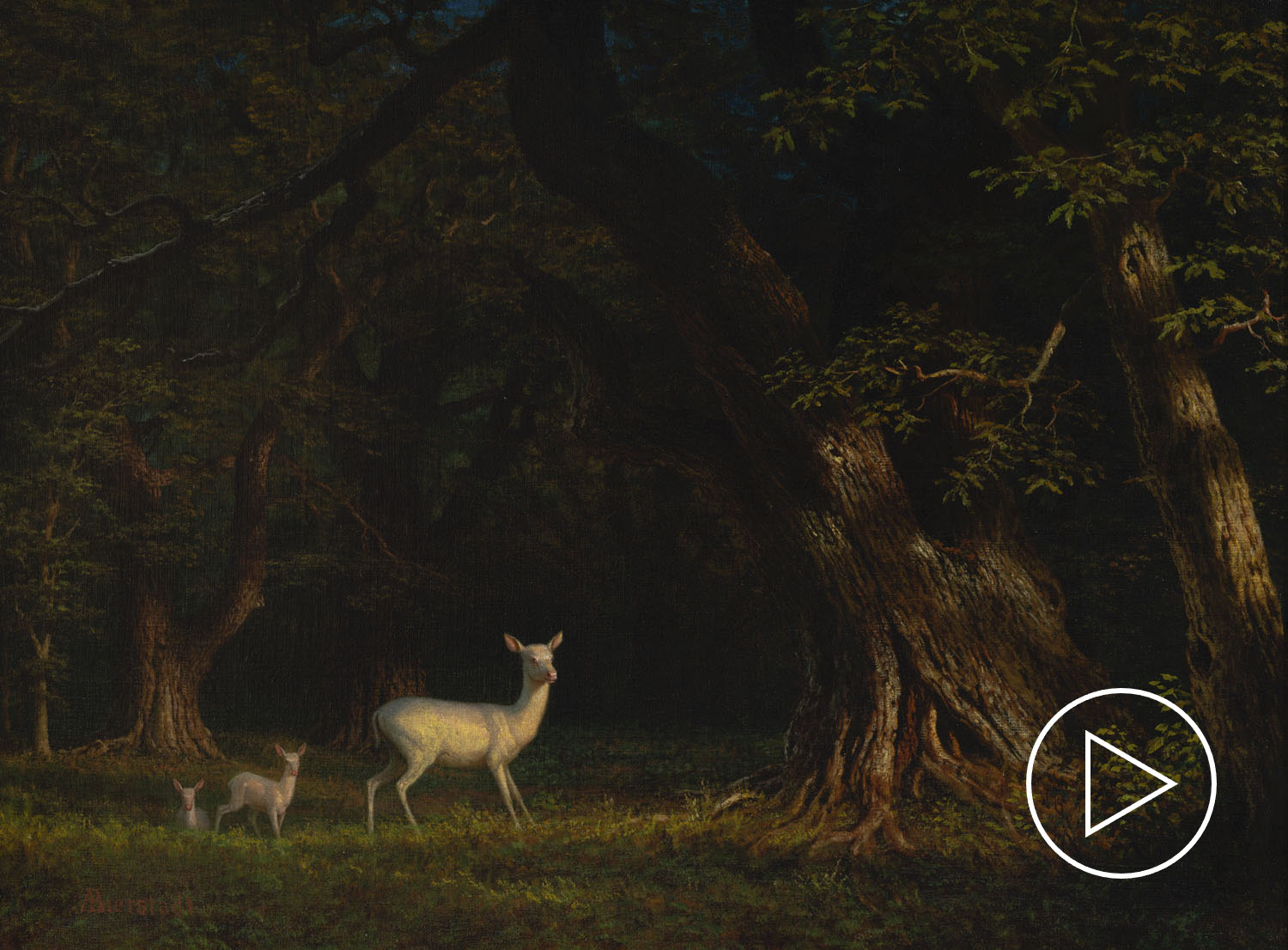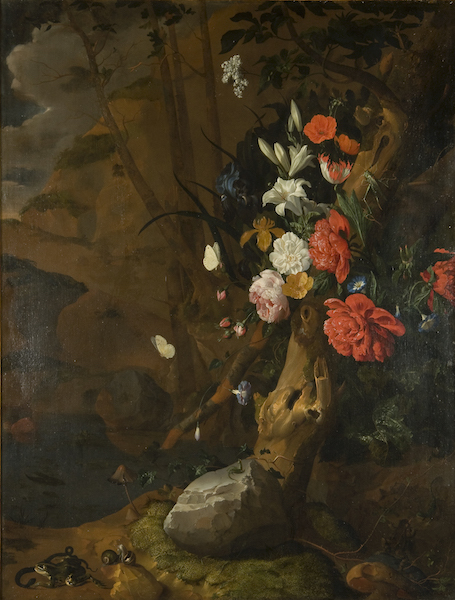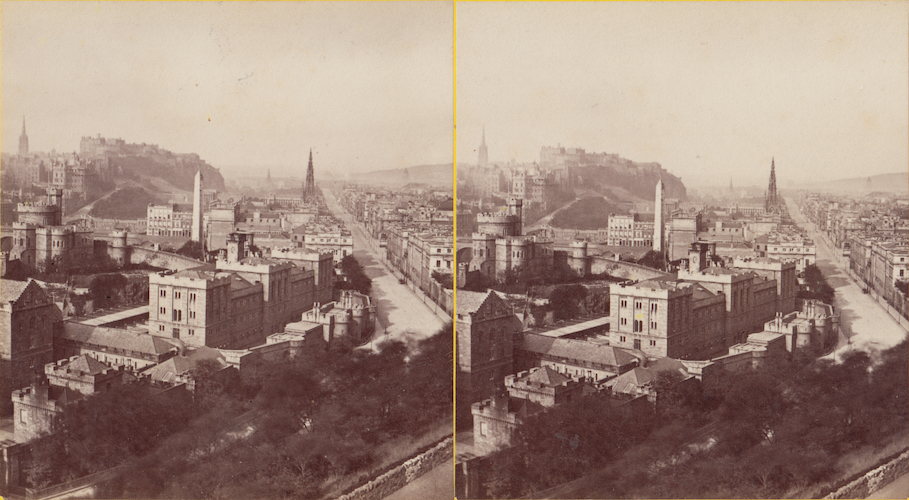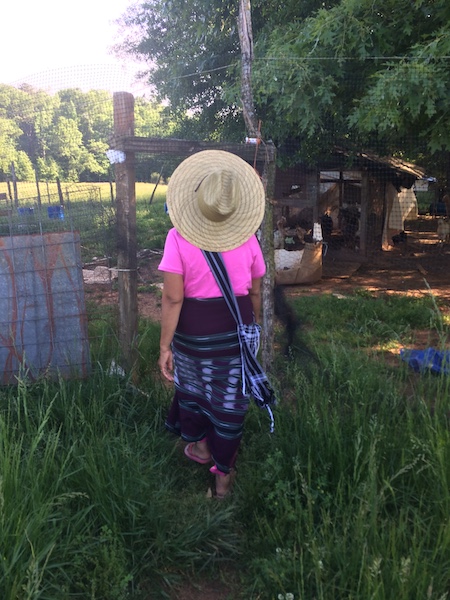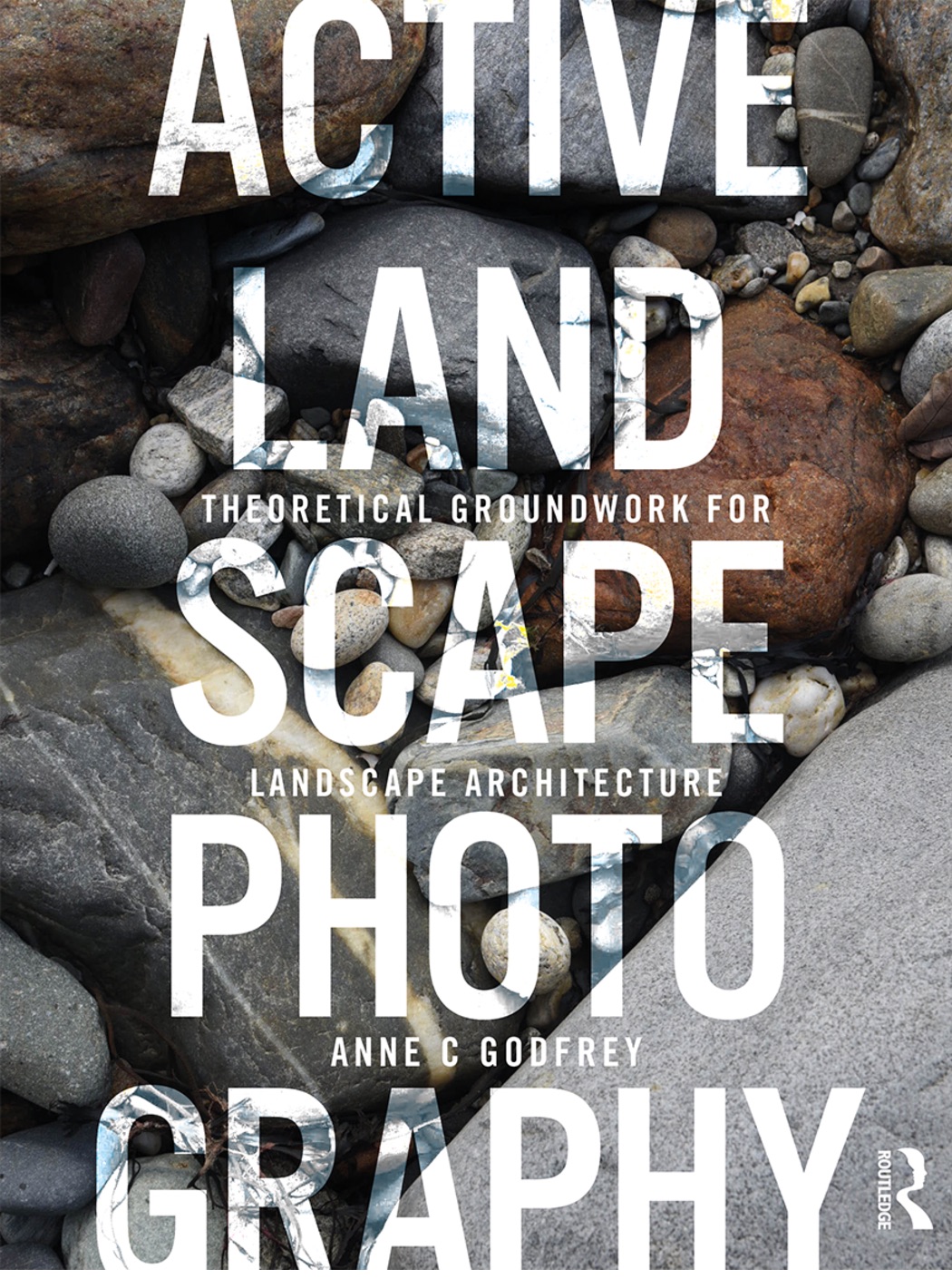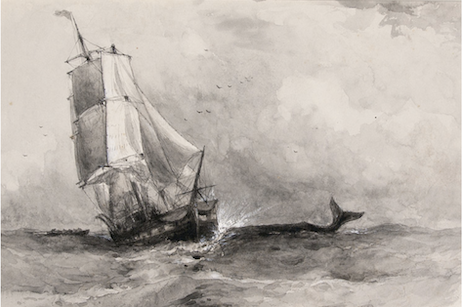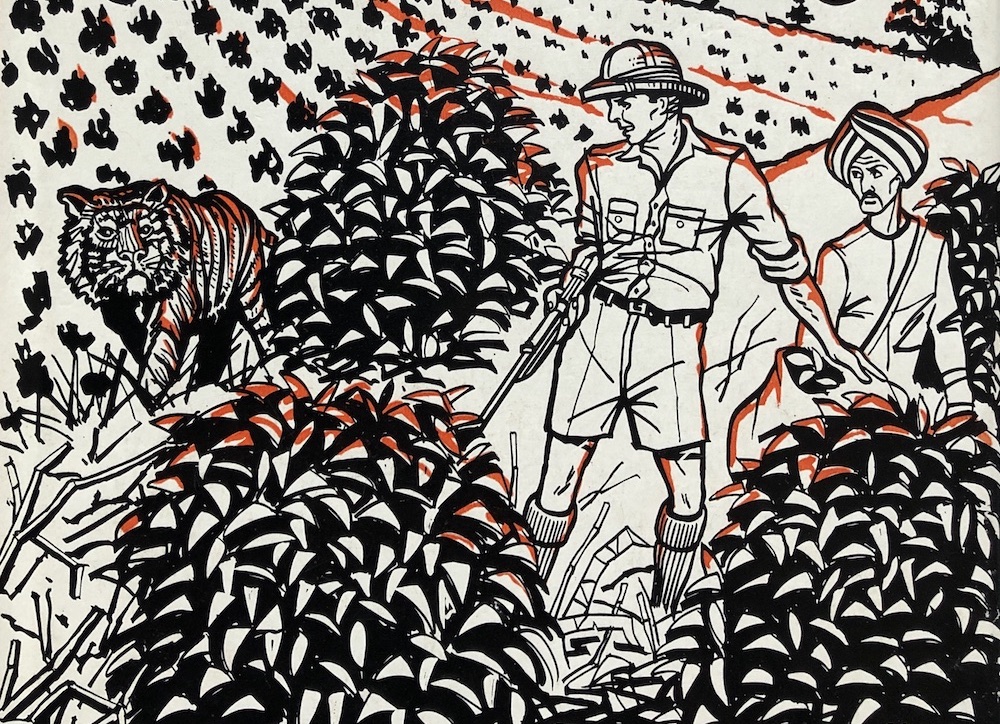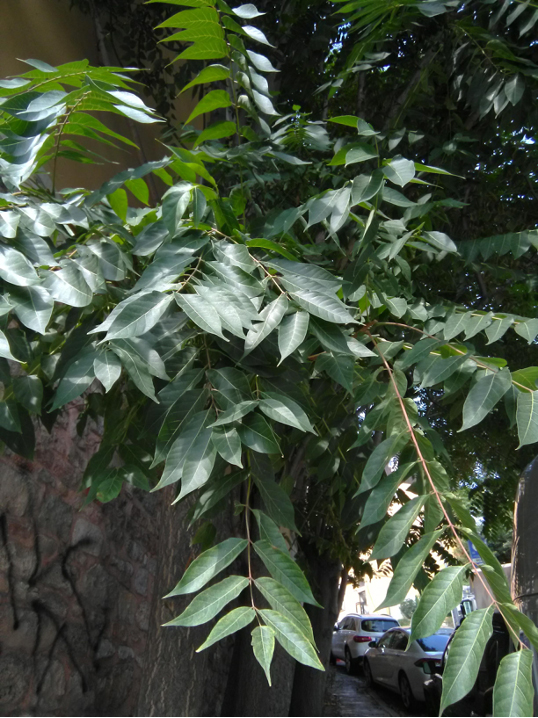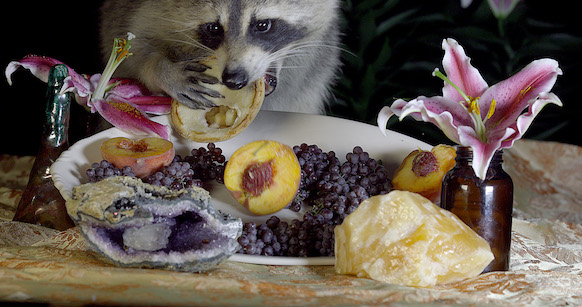A Poetry Reading with Mickey Mahan, the “Flying Busman”
Speaker: Mickey Mahan
For more than two decades, the people and places surrounding Centro bus-driver Mickey Mahan, have settled into his poems, giving us ...
READ MOREAll Things Fish
By Nehan Naim
Saving faith for another time (literally), I pursue Dr. Alfred’s science, and my recent work involves reconciling facts, figures and fish (markets). By understanding participants’ behavior and the ...
READ MOREBangkok Utopia: Buddhist Felicities, Modern Architecture and Landscape
My first scholarly monograph, which is based on over a decade of archival and field research, extends the conversation on Buddhist ...
READ MOREBlack Pastoral: Ignore the Hostile Faces
By Joan Bryant
Huestis Cook’s photograph contributes to popular imagery of Black people picking cotton - chief among America’s “slave crops.” It thus ...
READ MOREColonization, Decolonization, and Representing Landscapes
I am an art historian who works within and between the fields described as American art and Native American art. I began my ...
READ MORECorpus, 2017
By Juan Juarez
Corpus emerged from documentation of a specific site and place of memory. Photographic documentation of my paternal grandmother’s house initially intended to preserve this abandoned ...
READ MOREFrans Post’s Brazilian Landscape (1665)
Brazilian Landscape was painted in 1665 by the Dutch artist Frans Post. Post was born in Haarlem in 1612 and died in the city of his ...
READ MOREFrom Canaries to Tools: The Evolution of an Ecological Art Practice
By Susannah Sayler & Edward Morris
Our current work began with a landscape photography project titled, A History of the Future in which we photographed places ...
READ MOREHarry Fenn’s Indian Watching a Ship from Shore (1870)
By Julia Jessen
Harry Fenn’s Indian Watching a Ship from Shore, from circa 1870, depicts a solitary Native figure observing the arrival of explorer ...
READ MOREHoly Assemblages of Marble and Wood: Stylites and Dendrites as Cyborg Saints
By Glenn Peers
The Late Byzantine icon of the stylite saint Symeon and of the dendrite saint David, now at the Vatopaidi Monastery on Mount ...
READ MOREHybridity, Breed, and Wildness
Speaker: Harriet Ritvo
While maintaining pedigrees to guarantee purity, nineteenth-century animal breeders also occasionally attempted to achieve improvement through hybridization. The keepers of zoos and menageries ...
READ MOREImagined Nature
Established in the early seventeenth-century Netherlands, still life became an independent genre of painting. Originally, religion shaped the subject matter, such as the representation of the Virgin ...
READ MORELandscape and the Capabilities of Media
By Mike Goode
New media for representing landscapes—and landscape as a medium itself—are integral to two of the three case studies that ...
READ MORERoelandt Savery’s Birds and Beasts by a Stream (1636)
Roelandt Savery was born in 1578, in Courtrai, located in the Southern Low Countries. Courtrai fell to the Spanish in 1580 and ...
READ MORETendrils Eat the World Anew
These poems are about my experiences gardening with, learning from, and forging longstanding relationships with Karen individuals from Southeast Myanmar (Burma) who have been resettled as ...
READ MOREThe Effect of Looking
By Anne Godfrey
The effect of looking at places you cannot visit, through photography, becomes more profound when longing is the lens through which you look. This sense of longing sprouted from confinement ...
READ MOREThe Howling Infinite: Moby Dick, Art and the Environment
By David Prince
Herman Melville brought his epic narrative to its climax by having the white whale ram and sink the whaling ship Pequod. Far from ...
READ MORETaming the Tiger
By Romita Ray
Carved out of dense jungle in the nineteenth and twentieth centuries, tea plantations in India are often located in time-honored animal corridors, their very names resonating with the wildlife long enmeshed ...
READ MORETrees and the Stories of a City: Istanbul and the Ailanthus Altissima
In her essay, “Ruderal ecologies: Rethinking nature, migration, and the urban landscape in Berlin,” Bettina Stoetzer asks us to pay ...
READ MOREYou Were an Amazement on the Day You Were Born (2019)
By Emily Vey Duke & Cooper Battersby
You Were an Amazement on the Day You Were Born is a visually rich film that follows a woman through a life characterized by damage and loss, but in which she finds humor, ...
READ MORE